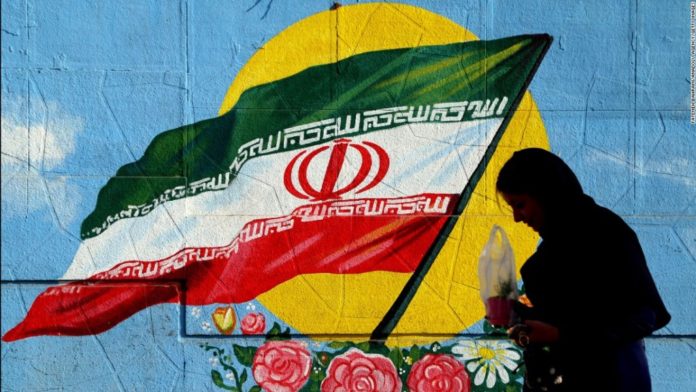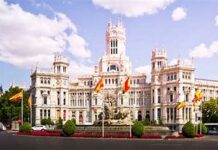When a teacher reads the roster to take attendance on the first day of school, there’s a pretty high chance he/she will butcher someone’s name down the line. The teacher doesn’t mean any harm in pronouncing the student’s name wrong, but when the student doesn’t correct the teacher, the mispronounced name becomes theirs for the rest of the year.
Iran is like that kid. Most are under the false impression that Iran is pronounced eye-RAN. Politicians, news anchors, and soccer moms everywhere fall victim to this mispronunciation, but The Roundup community is about to have an edge over these expert elocutionists. If you disregard all other content in this series, you will at least have learned that the correct pronunciation of the country’s name is ee-ROHN. The people are ee-ROHN-ee-an, but if that doesn’t roll off the tongue smoothly, Persian also works.
Iranian Insight
So why dedicate an entire series to a country that’s reported on the news about as frequently as viral cat videos? Iran has reached a point in history signaling radical change. For the second year in a row, Iran ranks last in Quality of Life as defined by US News & Reports. It is also the worst country to maintain citizenship, the worst to raise children, and the second-worst to be a woman. Why should a country that has one of the richest histories in the world and sits on trillions of dollars worth of oil be crumbling both socially and economically?
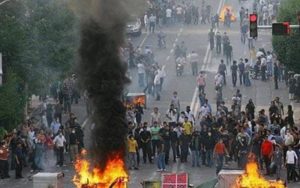
This article is the first in a series debunking the myths of life in the contemporary Islamic Republic of Iran. Instead of analyzing humdrum economic figures and the complexities of Iran’s foreign relations, the series will be a narrative formed by everyday Iranian citizens. The unique perspective of these Iranian adults and high schoolers alike provides insight into the living conditions and daily lives of many Iranians.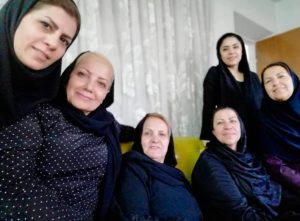
The context of Iran’s historical development completes the narrative exposed in this series. If you asked Iranians today how their modern condition developed, you would get as many opinions as the number of people you asked. Regardless, understanding the generalities of Iran’s history is vital to the understanding their modern state:
Post-WWII Power Struggle
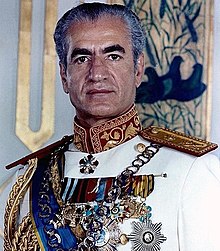
Iran was technically neutral during WWII. Britain prized Iran for their valuable oil reserves, while Iran employed German engineers to maintain these oil interests. When Reza Khan, Iran’s king at the time, refused to expunge their pro-Axis allegiance, the British and Soviets began to occupy western Iran, forcing Reza Khan from the throne and replacing him with his son, Mohammad Reza Shah Pahlavi, in 1941.
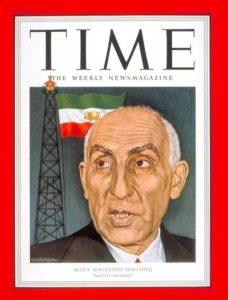
A decade later, prime minister Mohammad Mossadeq was elected. A power struggle between Mossadeq and Reza Shah eventually resulted in Reza Shah fleeing Iran and Mossadeq gaining power. Fearing increased Soviet influence in Iran, the CIA led a coup to overthrow prime minister Mossadeq, returning the Shah to the throne in 1953.
Aftermath: The White Revolution
 The U.S. and Britain forcing the Shah back into power signaled Western dominance over Iran. Following the coup, the Shah essentially functioned as a puppet for Western interests. As a result, the Shah initiated the White Revolution in 1963. Aimed to socially and economically westernize the traditional middle eastern power, the White Revolution abolished feudalism, reduced illiteracy, and granted women voting rights. Simultaneously, many of the reforms induced rampant drug and alcohol abuse and prostitution.
The U.S. and Britain forcing the Shah back into power signaled Western dominance over Iran. Following the coup, the Shah essentially functioned as a puppet for Western interests. As a result, the Shah initiated the White Revolution in 1963. Aimed to socially and economically westernize the traditional middle eastern power, the White Revolution abolished feudalism, reduced illiteracy, and granted women voting rights. Simultaneously, many of the reforms induced rampant drug and alcohol abuse and prostitution.
Intense popular opposition combatted the White Revolution, cultivating deep social tension among citizens and widespread resentment of the Shah. Reza Shah responded to public dissent by quelling opposition through violence, torturing and executing thousands of political adversaries. Over the next 15 years, the Shah’s rule grew increasingly more despotic, culminating with mass demonstrations, strikes, and riots against his authoritarian rule in 1978. Erupting with the Iranian revolution in 1979, the Mohammad Reza Shah was forced into exile and replaced by Islamic fundamentalist Ayatollah Khomeini.

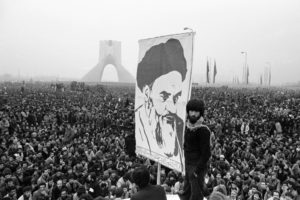
Though the various opposition factions collectively facilitated the Shah’s demise, each group envisioned different methods of rule after the overthrow. Khomeini ultimately declared Iran the Islamic Republic of Iran, a theocracy ending the Shah’s reign in Iran.
Many, if not most, Iranian citizens view the heavy-handed tactics of the Khomeini’s theocracy as the same as those of the corrupt Shah. Over the past 39 years, Iranian citizens have endured the same authoritarian rule over five despotic dictators. Iran’s current ruling theocracy blatantly neglects the well-being of their citizens, spawning the “powder keg” situation of the present.
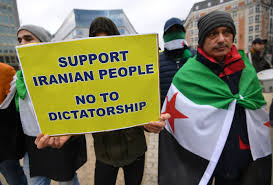
Today, Iranians are accelerating the protest of their repressive government in both large and small towns alike. What do the Iranian people want? What do they think about their future? Stay tuned to the Roundup to find out more.


